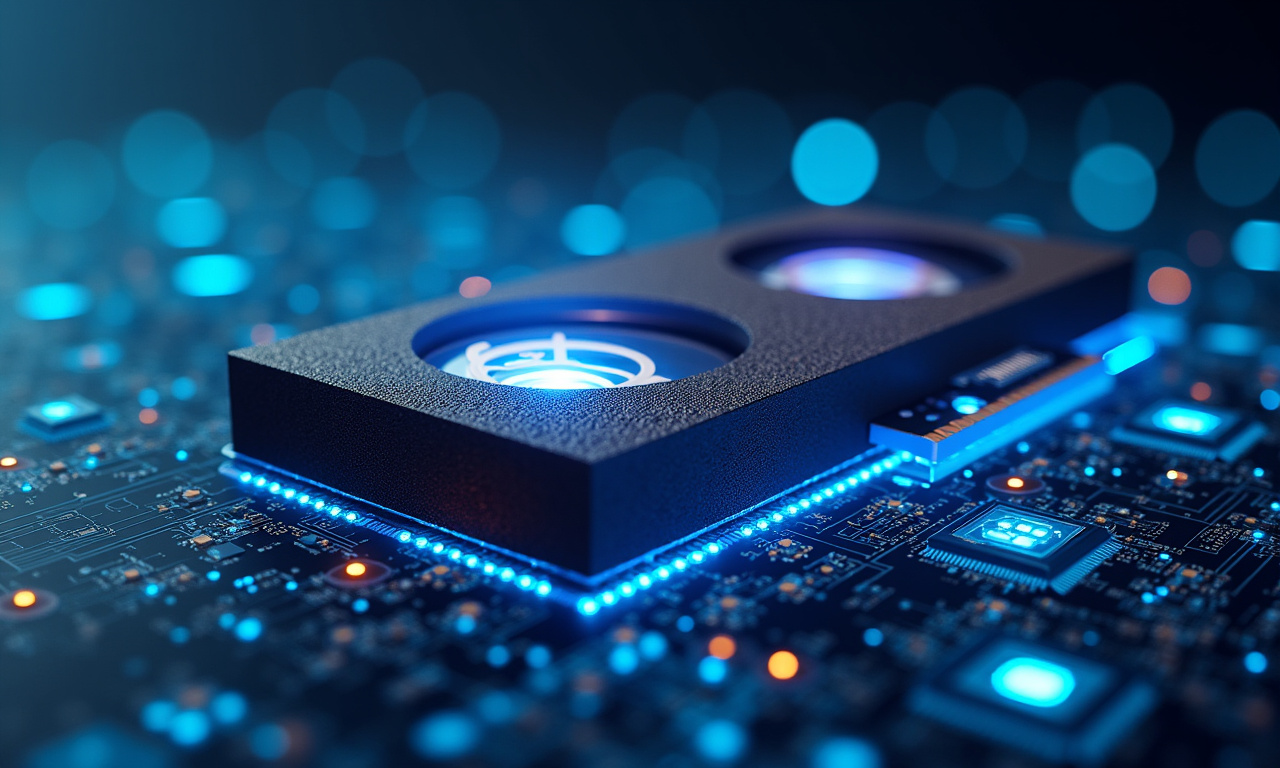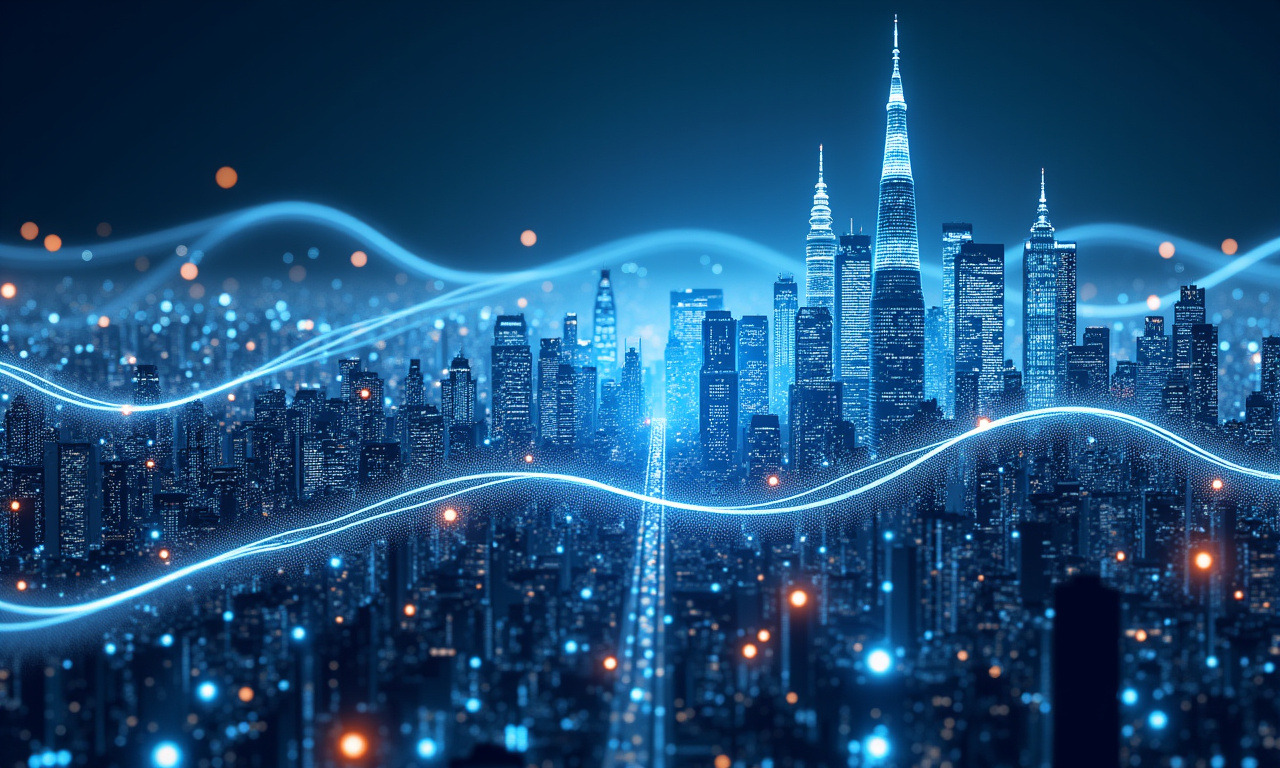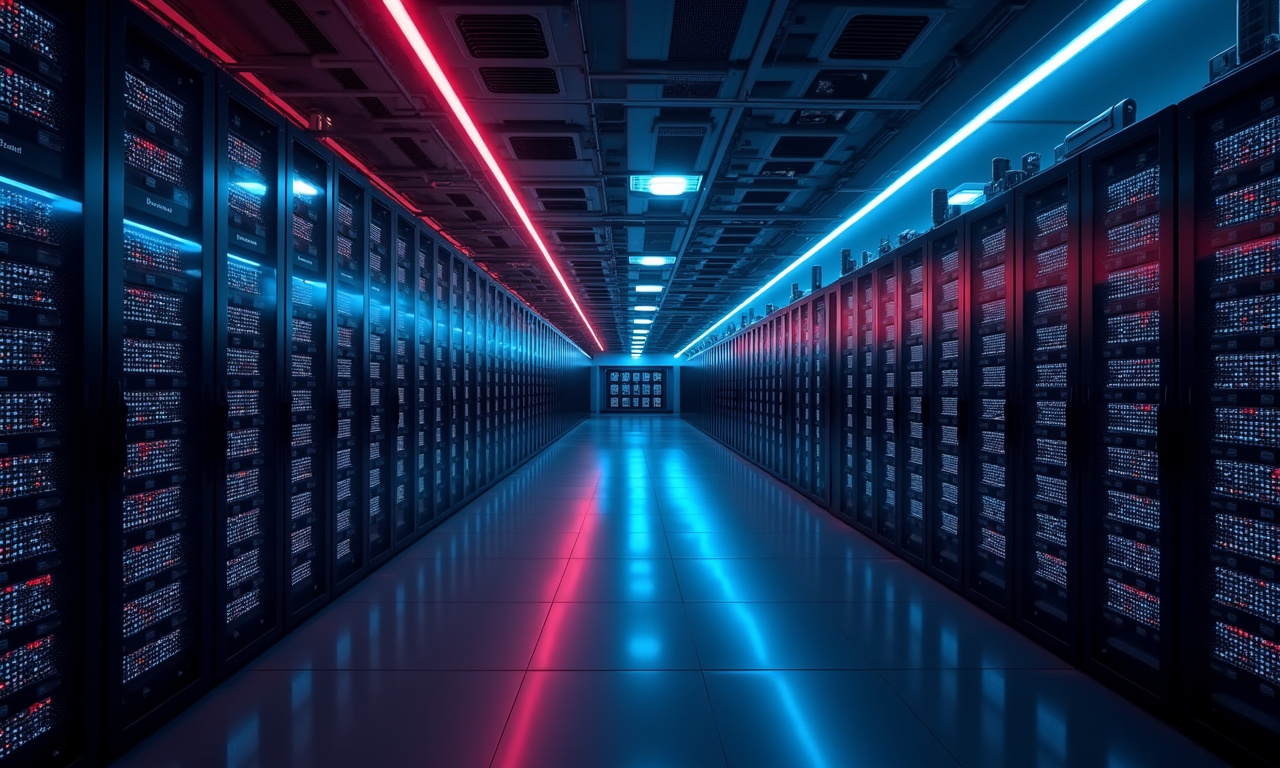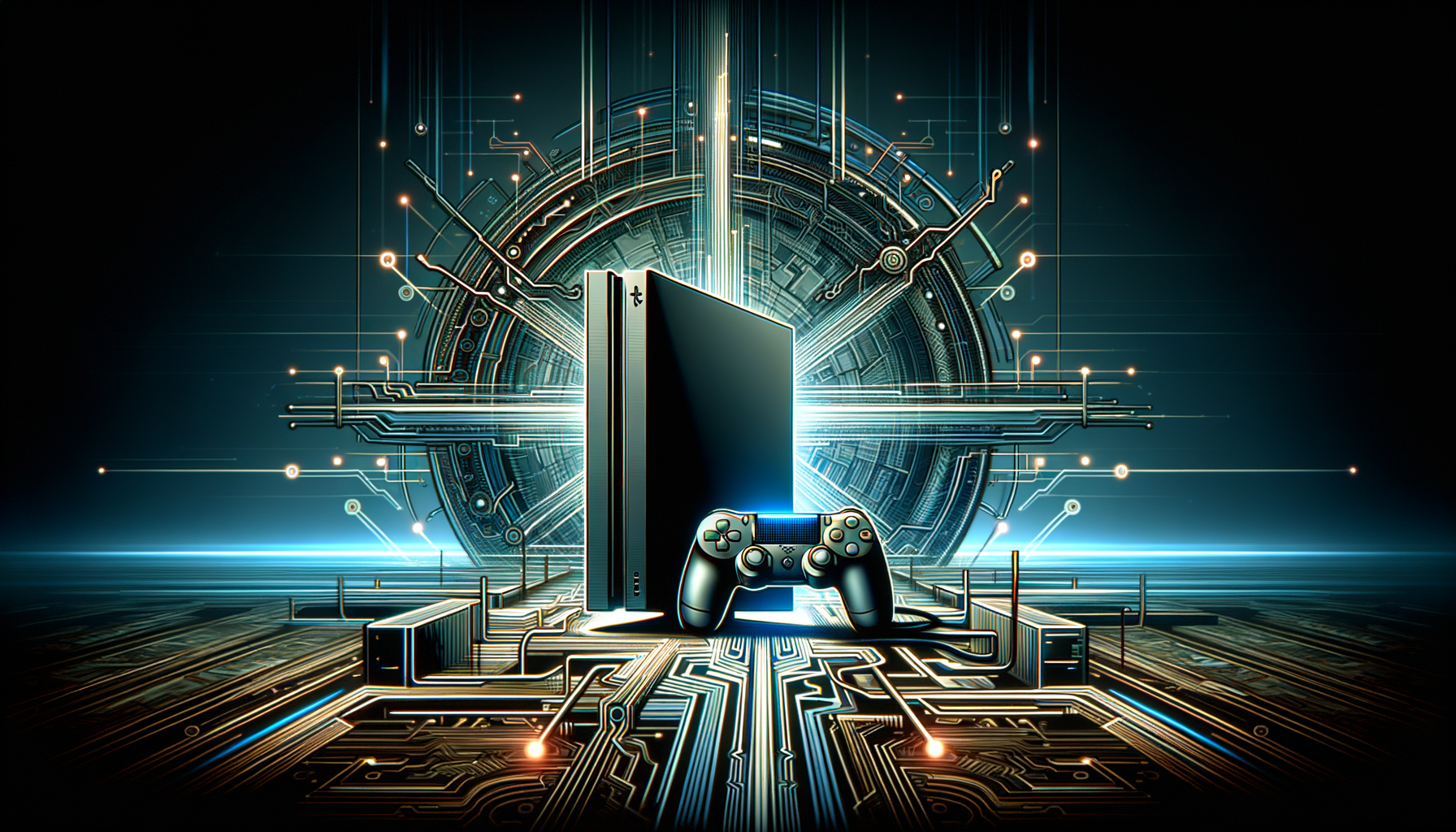The tech world is buzzing with whispers of the upcoming PlayStation 6 and its advanced specifications. Leaked documents hint at a major leap in processing power with Sony reportedly eyeing AMD’s new Orion APU for the highly anticipated console. Who doesn’t love a good leak, right? But this one’s juicier than most and might just give Xbox something to chew over.
Zooming In
The leaks, apparently sourced from an AMD presentation and shared by YouTube channel Moore’s Law Is Dead, offer a peek at the potential power under PlayStation 6’s hood. This Orion APU is said to feature 40 to 48 RDNA 5 Compute Units alongside eight Zen 6 cores, reaching clocks of up to 3GHz. In layman’s terms, this translates to more power and efficiency, well below the power consumption range of the current PS5 which gulps between 190-220W. For those counting kilowatts, the PS6 might draw just 160W.
While the exact APU details suggest fewer Compute Units compared to the PS5 Pro’s 60 CU setup (RDNA 2), the RDNA 5 architecture promises increased instruction per cycle (IPC), making each Compute Unit more potent. On paper, this means the PS6 could surpass the Pro’s graphical capabilities with less hardware heft.
And it doesn’t stop there. The PS6 is rumored to be packing GDDR7 video memory, a significant jump from the GDDR6 in the PS5 Pro. This would provide higher bandwidth for faster data transfer rates, smoother game textures, and happier thumbs.
Speculative reports indicate this powerhouse console will deliver three times the rasterization performance compared to the current PS5, and double compared to the PS5 Pro. If these projections hold water, we’ll be seeing wild new gaming experiences.
Moore’s Law Is Dead also notes that the upcoming console will improve its performance in ray tracing, far outperforming the current PlayStation Spectral Super Resolution (PSSR) technology. Given Sony’s plans to update this tech with new capabilities next year, expect the PS6 to come with these enhancements right out of the box. So, fasten your seatbelts because serious ray tracing could be a pressing reality soon.








